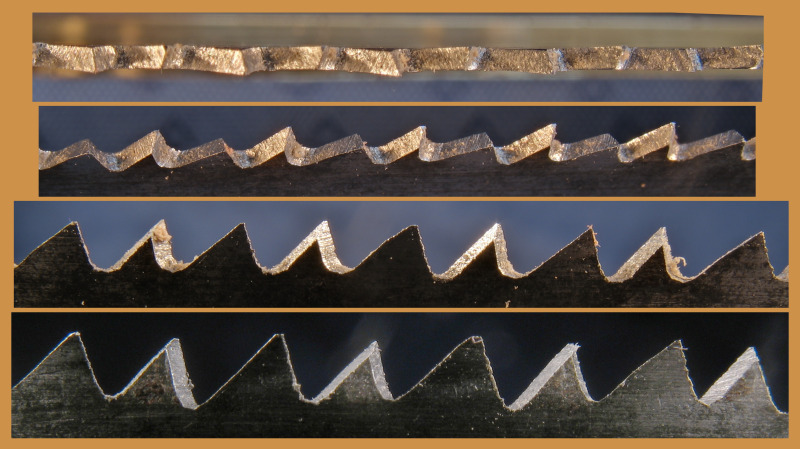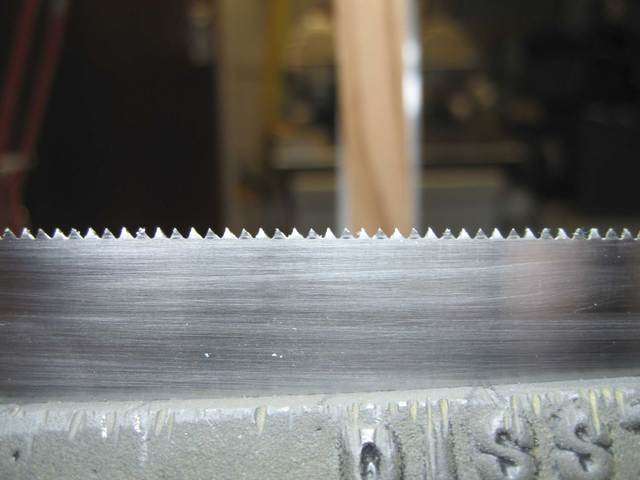neilyweely
Established Member
Bedford Saw
Thanks for the work you did for me, the router bit etc.., I managed to take the surface out of a kitchen worktop and sink a slab of marble in to be used as a draining/chopping board. The bit cut as well as it did when i bought it, so you did a good job, thanks.
Although I don't know what you are doing reading these compliments when you've work to do!! :wink:
I am totally confident in your ability to sort the saw out, and look forward to seeing it!!
I was at a bumpkin fair the other day, with the largest collection of tool stalls I have ever seen; old, new, all sorts. And no-one knew where I could get that saw sharpened! They could sell me an old sharp one, but once it got blunt I was on my own (that sounds familiar!!!)
thanks again
Neil
Thanks for the work you did for me, the router bit etc.., I managed to take the surface out of a kitchen worktop and sink a slab of marble in to be used as a draining/chopping board. The bit cut as well as it did when i bought it, so you did a good job, thanks.
Although I don't know what you are doing reading these compliments when you've work to do!! :wink:
I am totally confident in your ability to sort the saw out, and look forward to seeing it!!
I was at a bumpkin fair the other day, with the largest collection of tool stalls I have ever seen; old, new, all sorts. And no-one knew where I could get that saw sharpened! They could sell me an old sharp one, but once it got blunt I was on my own (that sounds familiar!!!)
thanks again
Neil







